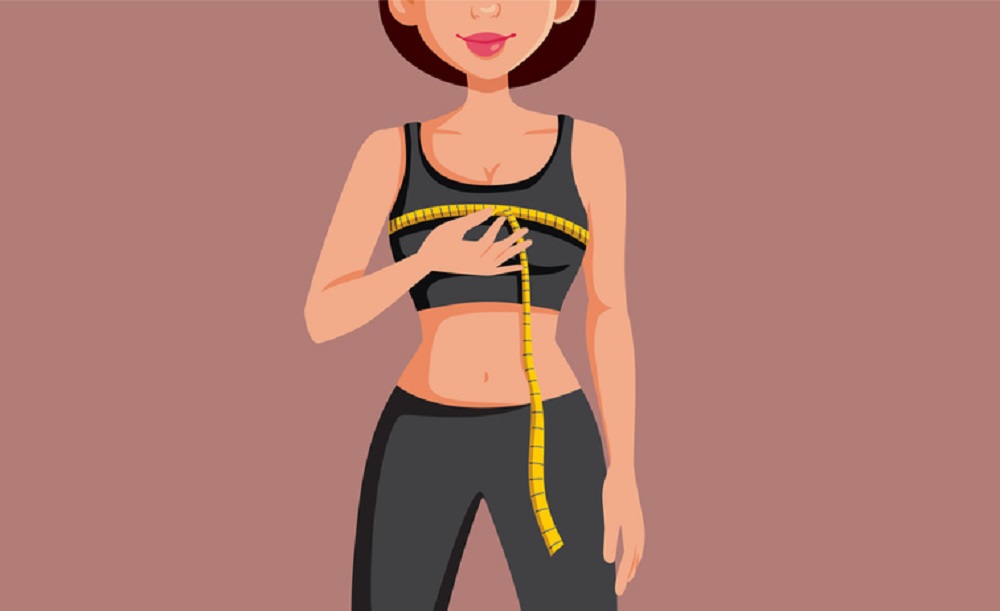Breast reduction surgery is usually considered a cosmetic procedure, but a new study from the Department of Plastic and Reconstructive Surgery at Flinders Medical Centre and College of Medicine and Public Health at Flinders University in Australia finds that breast reduction has important health benefits for women, especially when it comes to meeting physical activity guidelines.
Very large breasts, called macromastia, occurs in about five percent of women. Macromastia can be measured by breast cup size but is also defined by the symptoms it causes, which may include neck, back, and shoulder pain. Bra strap grooves, shortness of breath, headaches, embarrassment, reduced self-confidence, and depression are also possible. One less-obvious problem is reduced willingness and ability to participate in exercise.
More Comfort Means More Exercise
Prior research has found that due to embarrassment from excess breast movement as well as discomfort and pain, large breast size is the fourth most significant barrier to physical activity for women. Failure to meet World Health Organization (WHO) physical activity guidelines has been associated with a significantly increased risk of obesity and heart disease. According to the WHO, over 30 percent of women worldwide are not meeting these guidelines.
To understand how breast size affects physical activity for women, the research team from Flinders University surveyed nearly 2,000 women age 18 or older about their breast size, exercise history, and overall satisfaction with their breasts. Among this group were 56 women who had breast reduction surgery for very large breasts. The study is published in the international journal of surgical reconstruction JPRAS. These were among the key findings…
- Women with smaller breast cup sizes (DD or less) made up 75 percent of the women in the study who reached WHO physical activity guidelines.
- Over half of the women with breast cup size DD or larger believed that breast reduction would increase their willingness to exercise and improve their exercise performance.
- Women who had breast reduction surgery reported that after surgery, their willingness, frequency, and exercise endurance increased significantly, and they were more likely to try high-impact exercise.
- Women who had breast reduction surgery scored higher on breast satisfaction, life satisfaction, and overall happiness than women with cup size greater than E.
Smaller breast cup sizes were AA, A, B, C, and D. Larger sizes started at DD and increased to E, F, G, H, or larger. WHO guidelines for physical activity are at least 150 minutes of moderate-intensity physical activity throughout the week, or 75 minutes of vigorous-intensity physical activity.
Breast Reduction Surgery Is Low Priority
This study is supported by previous research on benefits of breast reduction surgery that include improved physical and mental health, weight loss, and physical fitness. A 2018 study from the U.S. Army found that female soldiers improved their physical fitness scores by 63 percent after breast reduction surgery.
In Australia, approval of this surgery often requires meeting pain or BMI guidelines, and women approved for reduction surgery are placed on a low-priority list with long wait times. In the United States, this surgery is often considered cosmetic and not covered by insurance. The authors of the study conclude that women, the public, health-care providers, and policymakers need to be more aware of the important benefits of breast reduction surgery.
Source: “Self-Reported Breast Size, Exercise Habits and BREAST-Q Data—an International Cross-Sectional Study of Community Runners,” led by researchers at Flinders University, Adelaide, Australia, published in JPRAS Open.


